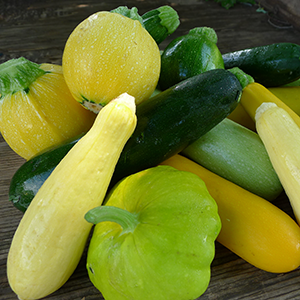
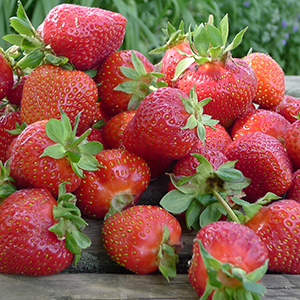
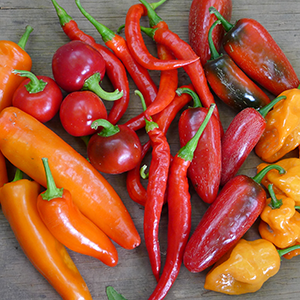

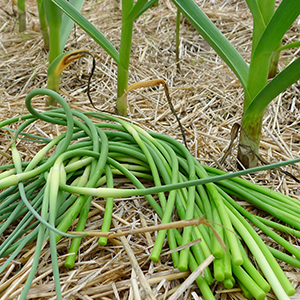
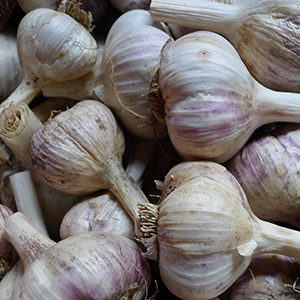
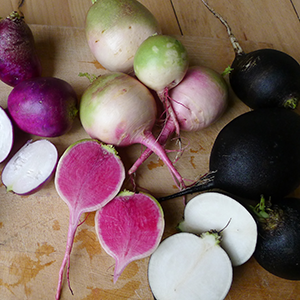



News and Notes | The Anchor Run Blog
Displaying a Single Post |
Show Recent Posts
December 6, 2021
Giving Back to the Soil
by Farmer Derek
Giving Back to the Soil
by Farmer Derek
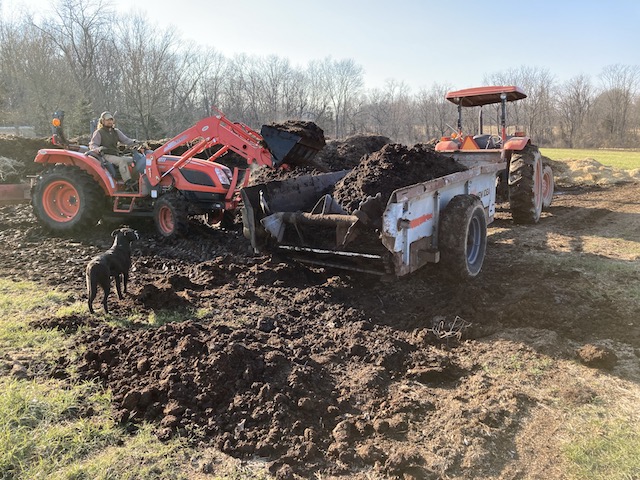
Happy World Soil Day (December 5th)! Thanks to our driest November in 13 years we decided it was a good time to give back to the soil and spread some compost on fields that were next up in the compost application rotation. After last Thursday's deposits in Field 2a were complete, every nook and cranny of the farm received a compost dose within the past year. We view adding compost from horse manure and bedding as a quasi-luxury. We accept for free loads of manure and bedding from local horse farms and let it passively compost for 6 months to a year and spread it whenever adequate time, dry fields, and space allow. Because the compost isn't always fully broken down or monitored closely we only spread it prior to sowing cover crops or after cover crops are already established (not before cash crops). We also have more available time to devote to spreading compost the latter half of the year. It's a fairly time consuming task which is why we may only spread compost on 10% of the farm over a 2 or 3 day period at a time. We appreciate the addition of organic matter to the soil, especially in our fields that have a high clay content. In our tunnels where we may grow 2 or 3 crops each year, I think we need to make sure we add a heavy application of some good quality compost at least once a year. Last year we purchased some certified organic mushroom house compost for this purpose. In our outdoor fields where we only grow one crop and follow it with a cover crop and add sustaining amendments the compost is sort of a bonus. Most outdoor locations probably, on average, only receive compost once every two years. This year was an exception, or maybe from here on out it can be the norm since hopefully we continue to improve our systems and continue to find time and conditions right for spreading. Adding compost and then mixing it in is ideal, but this time of year we don't disturb the soil so it just rests on top until we mix it in during the spring and summer. As it breaks down it will feed all the little soil critters and in turn feed the crops. We appreciate receiving it from local farmers since we don't rotate our own animals on our produce fields.
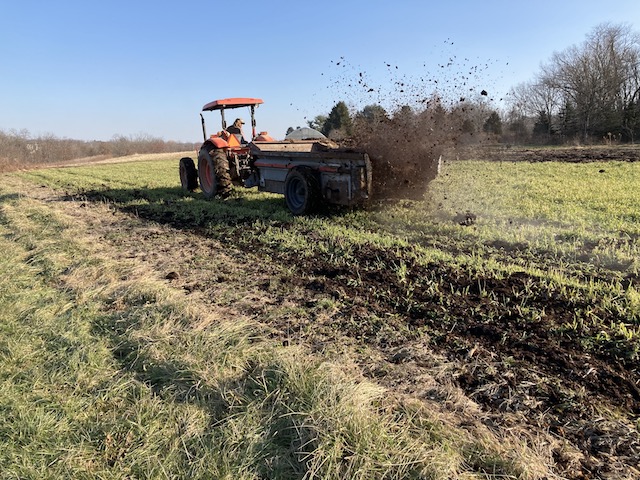

POSTS BY TYPE
POSTS BY MONTH

